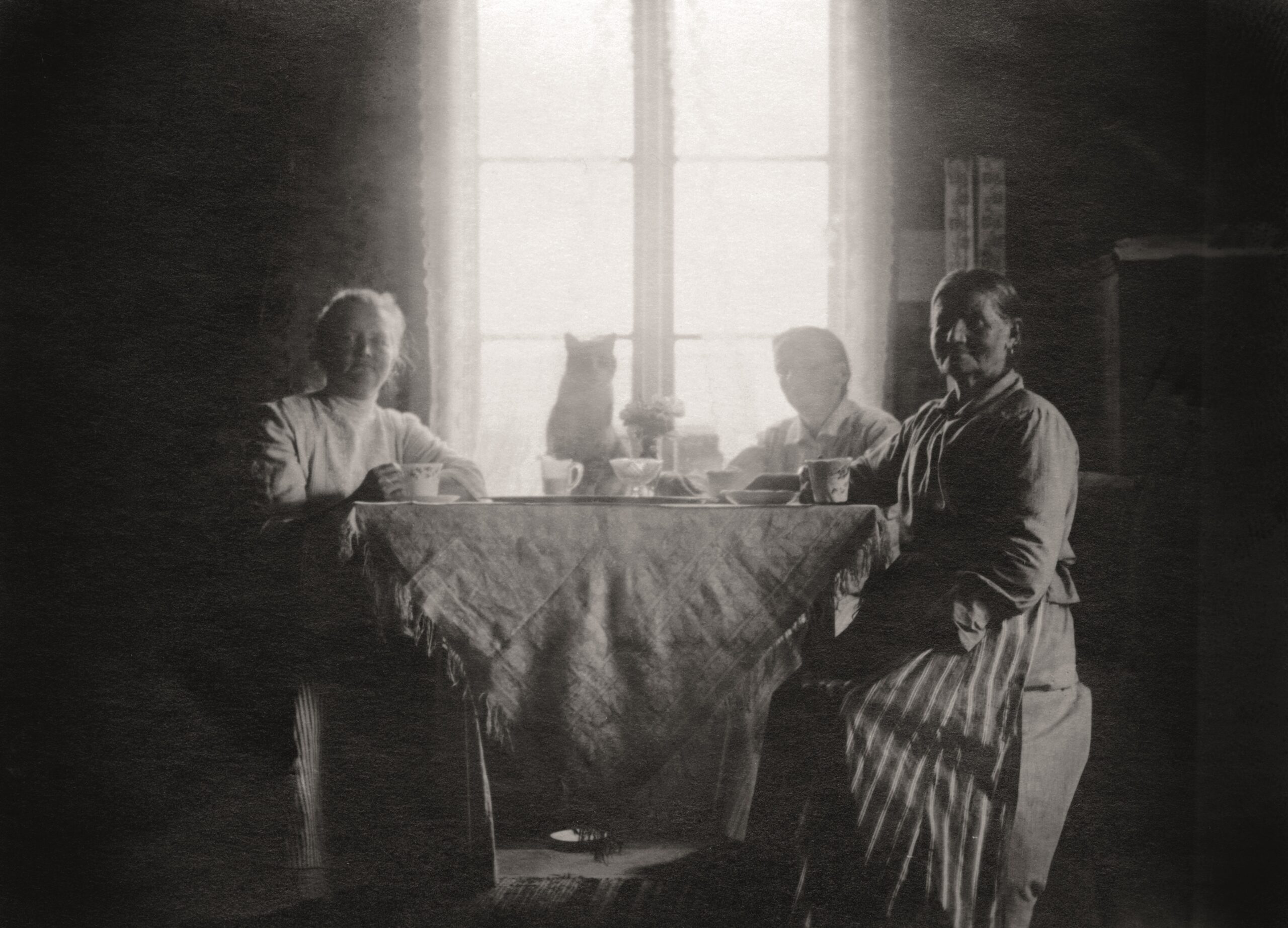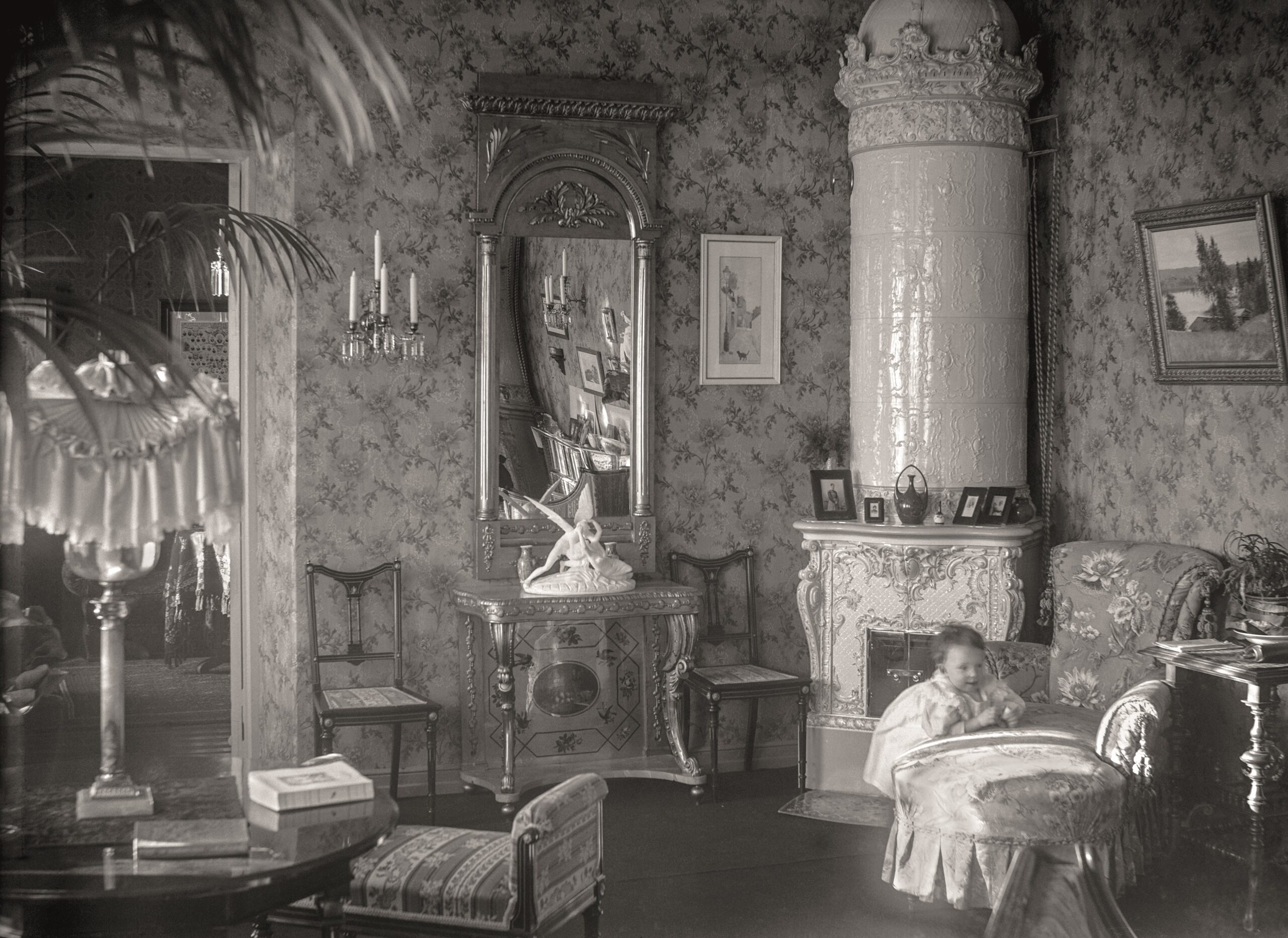There were multiple reasons behind the outbreak of the Finnish Civil War. The process of gaining independence and the subsequent civil war were part of a societal upheaval that occurred across Europe during the First World War.
Finland had been annexed to Russia from Sweden as an autonomous grand-duchy at the Diet of Porvoo in 1809. Finland’s autonomous status allowed for societal development. Industrialization began in Finland in the 19th century, and at the turn of the century, the city of Tampere was a significant industrial center. At the time of independence in 1917, slightly less than one-third of Tampere’s population were factory workers, and a large portion of the city’s residents were women. For instance, the Tampella Iron Works manufactured steam engines and locomotives. Despite industrialization, Finland was primarily an agrarian society. The population outside the estate system was growing, and various ideologies, such as socialism, nationalism, and liberalism, had gained prominence in Finland.
Emperor Nicholas II of Russia initiated a period of Russification in 1899, which is known in Finland as the “Years of Oppression” when Finland’s autonomous status was restricted.
At the beginning of the 20th century, Finland had transitioned from an estate society to a class-based society, which divided the people economically, socially, and politically. The Finnish population was divided between the rich and the poor, the gentry and the commoners, the bourgeoisie and the laborers. This division was also noticeable in Tampere when comparing living conditions. In bourgeois upper-class homes, people lived in prosperity, with multiple rooms serving various purposes, while in the district of Amuri, inhabited by the working class, a single room could be shared by as many as seven people. The differences in living standards were significant and were increasing, creating a gap among the Finnish people.

Political influence was primarily held by men of the gentry, leaving the majority of the population without a say in the matters of governance. In the early 20th century, labor strikes in Finland led to the implementation of parliamentary reform, which introduced universal and equal suffrage for those over 24 years of age. However, the reform did not cover municipal elections. Despite the parliamentary reform, the Russian Emperor retained supreme power in Finland and dissolved the government multiple times. This undermined people’s faith in the functionality of democracy. Disputes over working conditions, including labor legislation, as well as problems with local democracy, led to tensions between the working class and the bourgeoisie.

World War I brought about food shortages and widespread unrest. In 1917, the global conflict led to the dissolution of the Russian Empire, but in Finland, it did not result in national unity for the purpose of developing the country and establishing a new internal order. The aspiration for Finland’s national independence was one of the few goals that gained unanimous support among the Finns. Instead, societal divisions escalated into a fierce domestic political power struggle. There was no effective law enforcement in society either, so the upper class began forming their own Civil Guards, while the working-class formed Red Guards. In the October Revolution in Russia, the Bolsheviks led by Lenin seized power. In this context, Finland declared independence on December 6th, but the situation in Russia led to a similar disarray in Finland in December 1917. The situation caused a political, economic, and military crisis in the country, ultimately resulting in the disintegration of Finnish society when the Civil War began on January 27, 1918.
